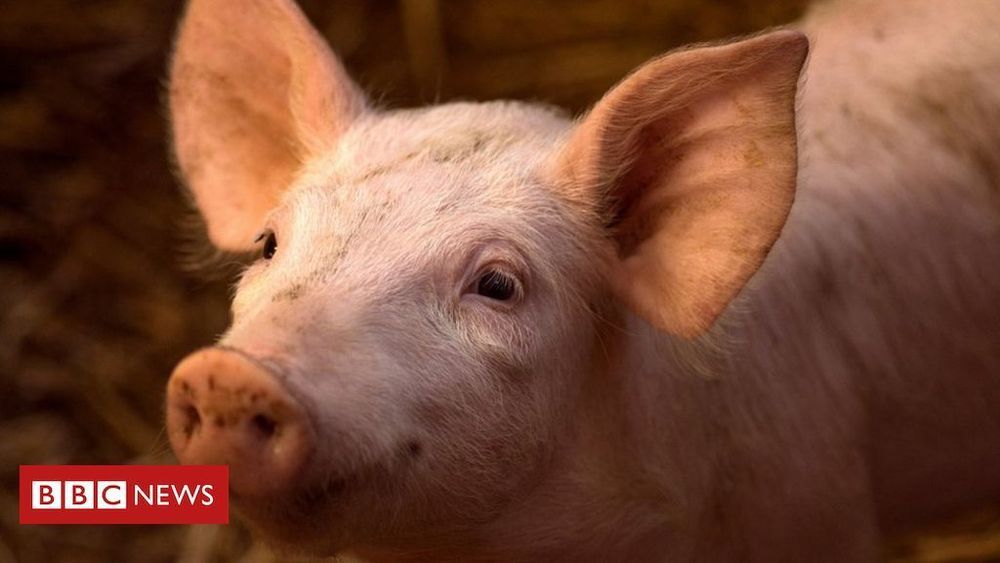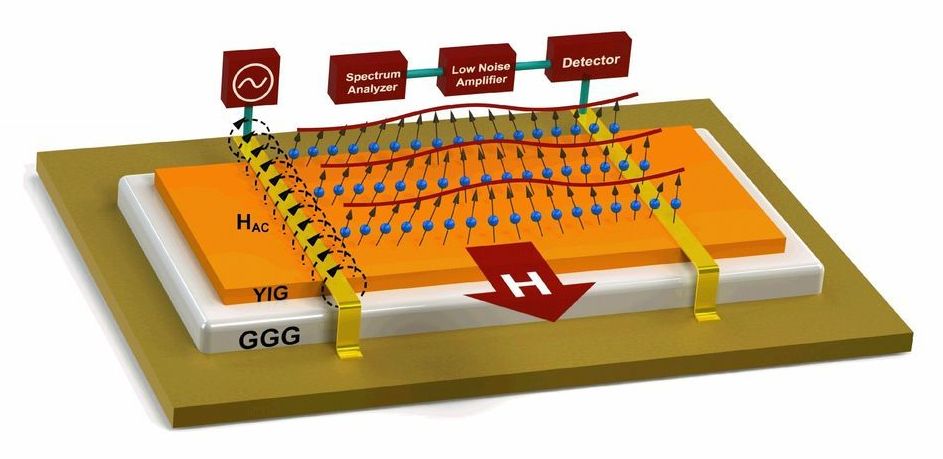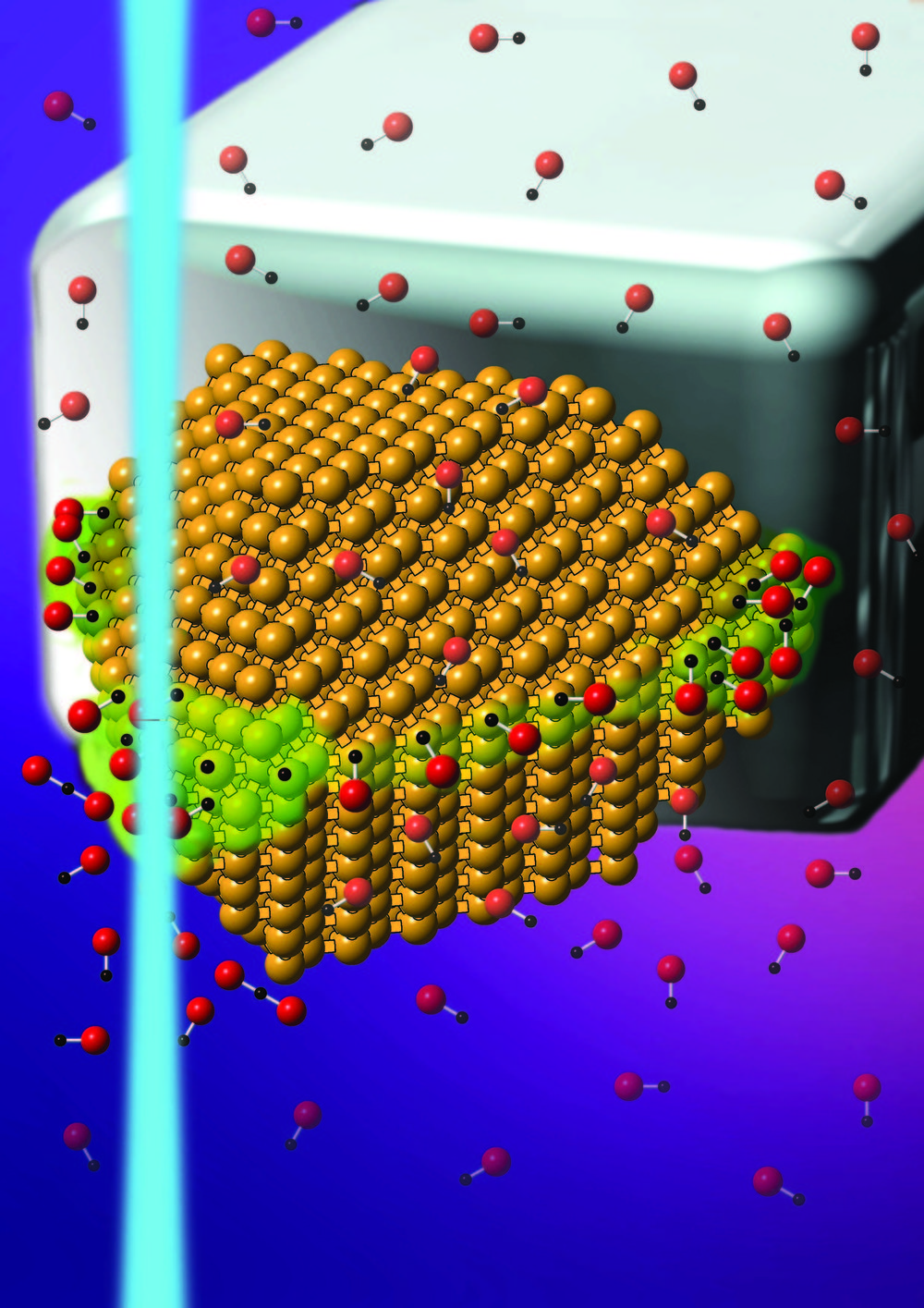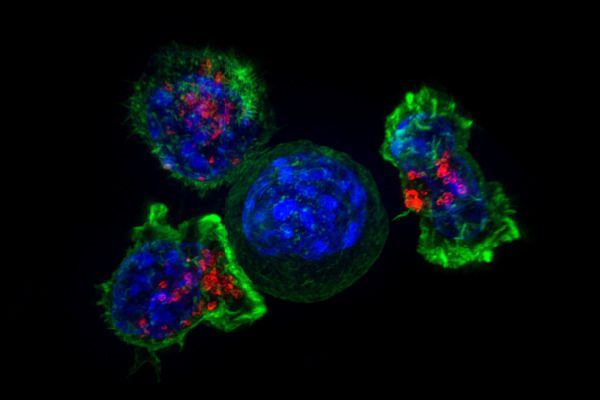Page 8203
Apr 17, 2019
An Interstellar Rock Like ‘Oumuamua May Have Hit Earth In 2014
Posted by Quinn Sena in categories: alien life, asteroid/comet impacts, existential risks
Unusual Trajectory
The new research hasn’t yet been published, but it’s available on the preprint server ArXiv as of Monday. In it, Harvard astronomer Avi Loeb — the same dude who doubled down on the idea that ‘Oumuamua could be an alien spacecraft — suggests that a three-foot-wide interstellar meteor flew over Papa New Guinea’s Manus Island before crashing down.
Because of the meteor’s high speed and particular trajectory past Earth, Loeb and his student Amir Suraj suggest that it couldn’t have been bound in an orbit about the Sun. Rather, they argue, it might have come from somewhere beyond our solar system.
Continue reading “An Interstellar Rock Like ‘Oumuamua May Have Hit Earth In 2014” »
Apr 17, 2019
Why insect populations are plummeting—and why it matters
Posted by Quinn Sena in category: futurism
A new study suggests that 40 percent of insect species are in decline, a sobering finding that has jarred researchers worldwide.
“To me, it’s very simple. If a rogue nation or other entity shoots an ICBM, inter-continental ballistic missile, at us, we intercept it.” — #USArmy Maj. Jason Brewer, Colorado National Guard #CombatReadyForce
Apr 17, 2019
Pig brains partially revived after death
Posted by Paul Battista in categories: biotech/medical, neuroscience
US scientists have partially revived pig brains four hours after the animals were slaughtered.
The findings could fuel debate about the barrier between life and death, and provide a new way of researching diseases like Alzheimer’s.
The study showed the death of brain cells could be halted and that some connections in the brain were restored.
Apr 17, 2019
Magnonic devices can replace electronics without much noise
Posted by Quinn Sena in categories: computing, particle physics
Electronic devices such as transistors are getting smaller and will soon hit the limits of conventional performance based on electrical currents.
Devices based on magnonic currents—quasi-particles associated with waves of magnetization, or spin waves, in certain magnetic materials—would transform the industry, though scientists need to better understand how to control them.
Engineers at the University of California, Riverside, have made an important step toward the development of practical magnonic devices by studying, for the first time, the level of noise associated with propagation of magnon current.
Continue reading “Magnonic devices can replace electronics without much noise” »
Apr 17, 2019
Researchers explore energy-saving catalysts that operate at room temperature
Posted by Quinn Sena in categories: nanotechnology, particle physics
NIST researchers have explored in unprecedented detail a new breed of catalysts that allow some chemical reactions, which normally require high heat, to proceed at room temperature. The energy-saving catalysts use sunlight or another light source to excite localized surface plasmons (LSPs)—oscillations of groups of electrons on the surface of certain metal nanoparticles, such as gold, silver and aluminum. The energy derived from the LSP oscillations drives chemical reactions among molecules that adhere to the nanoparticles.
Scientists had previously shown that molecular hydrogen can be split into its individual atoms by the energy generated by the LSP oscillations. The NIST team has now discovered a second LSP-mediated reaction that proceeds at room temperature. In this reaction, LSPs excited in gold nanoparticles transform two molecules of carbon monoxide into carbon and carbon dioxide. The reaction, which ordinarily requires a minimum temperature of 400 degrees C., plays an important role in converting carbon monoxide into widely used carbon-based materials such as carbon nanotubes and graphite.
Probing the nanoparticles with an electron beam and combining the data with simulations, the NIST researchers pinpointed the sites on the gold nanoparticles where the reactions occurred. They also measured the intensity of the LSPs and mapped how the energy associated with the oscillations varied from place to place inside the nanoparticles. The measurements are key steps in understanding the role of LSPs for initiating reactions at room temperature, mitigating the need to heat the samples.
Continue reading “Researchers explore energy-saving catalysts that operate at room temperature” »
Apr 17, 2019
Researchers Just Demonstrated Nuclear Fusion in a Device Small Enough to Keep at Home
Posted by Quinn Sena in category: nuclear energy
When it comes to the kinds of technology needed to contain a sun, there are currently just two horses in the race. Neither is what you’d call ‘petite’.
An earlier form of fusion technology that barely made it out of the starting blocks has just overcome a serious hurdle. It’s got a long way to catch up, but given its potential cost and versatility, a table-sized fusion device like this is worth watching out for.
While many have long given up on an early form of plasma confinement called the Z-pinch as a feasible way to generate power, researchers at the University of Washington in the US have continued to look for a way to overcome its shortcomings.
Apr 17, 2019
Discovery of oral cancer biomarkers could save thousands of lives
Posted by Quinn Sena in categories: biotech/medical, genetics
Oral cancer is known for its high mortality rate in developing countries, but an international team of scientists hope its latest discovery will change that.
Researchers from the University of Otago and the Indian Statistical Institute (ISI), Kolkata, have discovered epigenetic markers that are distinctly different in oral cancer tissues compared to the adjacent healthy tissues in patients.
Co-author Dr. Aniruddha Chatterjee, of Otago’s Department of Pathology, says finding these biomarkers is strongly associated with patient survival.
Continue reading “Discovery of oral cancer biomarkers could save thousands of lives” »
Apr 17, 2019
Scientists restore some functions in a pig’s BRAIN hours after it died
Posted by Carse Peel in categories: biotech/medical, neuroscience, sustainability
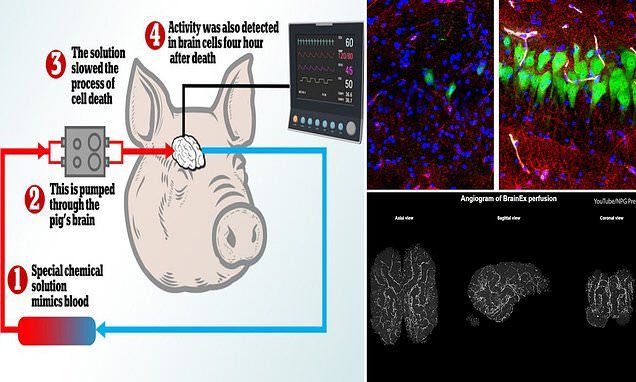
Scientists bring some functions in a pig’s BRAIN ‘back to life’ — four hours after the farm animal died„.
Scientists have been able to partially revive the brains of decapitated pigs that died four hours earlier in a groundbreaking study.
Continue reading “Scientists restore some functions in a pig’s BRAIN hours after it died” »




